All Activity
- Past hour
-
That is very high for stuff I am familiar with in PA. That is almost up to Fairfax County, VA levels but something like that is tough for a retiree regardless of location. 10K year means you are paying 800-900 a month even after the mortgage is paid off. For some it is no big deal, but the masses would have trouble affording that when retired.
-
Central Pa. Spring 2024
TheClimateChanger replied to mahantango#1's topic in Upstate New York/Pennsylvania
Weird. We paid just under 400k in 2018, and ours is $10k a year between city, county and school. -
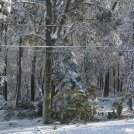
May 2024 Discussion - Welcome to Severe Season!!!!
Damage In Tolland replied to weatherwiz's topic in New England
Summer is here to stay -
Florida is stuck again just like they were in 2007 though to a lesser degree so far....people paid too high of a price for a home and between that and the interest rates, back to keys being handed back in again. The home insurance is one of the big issues as well with many people having to go with the state program because commercial companies will not cover them anymore. We saw a friend in Daytona last week, 1.5 blocks off the beach, and their home insurance is 8-9K a year.
-
Yes, my May production has been awful! It may come in below March :-(
-
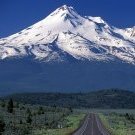
Central Pa. Spring 2024
Mount Joy Snowman replied to mahantango#1's topic in Upstate New York/Pennsylvania
I’m sure Florida is the extreme but sounds like pretty much everywhere recently. Housing market wasn’t much better than that here in the Lancaster area the last couple of years. Believe me, I know, my wife and I were stuck in it for almost two years. -

May 2024 Discussion - Welcome to Severe Season!!!!
Damage In Tolland replied to weatherwiz's topic in New England
Skies brightening a bit. Slowly getting there to some sun this afternoon inland . -
Your taxes are more than 7K a year? That is exorbitant for PA. I do know of some schools districts near Reading they were that high, Mine are close to 2500 and my home is in the 300-400K range. Florida is very unaffordable on almost all aspects right now. An 1800 sq foot house in the middle of the state, surrounded by old trailers, is 350K. Just 10 years ago that same home was hovering around 150K. The salaries here are not able to match the cost of real estate or rent so lots and lots and lots of unsold homes.
-
Central Pa. Spring 2024
TheClimateChanger replied to mahantango#1's topic in Upstate New York/Pennsylvania
Wow, more affordable than I would have thought. Our property taxes alone dwarf that. -

Central Pa. Spring 2024
Mount Joy Snowman replied to mahantango#1's topic in Upstate New York/Pennsylvania
Low of 60 and .18” of rain. Seems we may finally dry out for a bit. -
My April solar power production was the lowest I’ve ever had for April, although not so far off the previous minimum. But May so far is just shockingly low. It’s been really cloudy for the last 45-50 days.
-
Very nice. I remember HM’s write up at the end of the 10-11 winter….he said the high latitude AO/NAO blocking was due to the solar cycle. Even though solar activity was rising that winter, it was coming off a solar minimum and had low sunspots and low geomag, which HM said caused the extreme blocking early-mid winter. It was also a very east-based Niña until late January, which I believe also played a big role
-
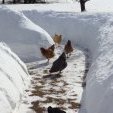
May 2024 Discussion - Welcome to Severe Season!!!!
dendrite replied to weatherwiz's topic in New England
-
Newark and other stations have had at least a T of rain on every weekend this spring so far. May 18-19…..0.04 May 11-12…0.38 May 4-5…..0.31 Apr 27-28…0.11 Apr 20-21…0.05 Apr 13-14…0.04 Apr 6-7…….T Mar 30-31…0.01 Mar 23-24….3.10 Mar 16-17…..T Mar 9-10….1.46 Mar 2-3…..1.31
- 915 replies
-
- 1
-

-
- spring
- cool temps
-
(and 3 more)
Tagged with:
-

May 2024 Discussion - Welcome to Severe Season!!!!
tamarack replied to weatherwiz's topic in New England
For me, the best part of a Maine lobster are the big claws - succulent and tender. Do any lobsters other than the North Atlantic species have the large claws? 0.33" over 9 hours yesterday, max 61 after 5 days of 69-74. -
We are having to stay inside most of the day so do not feel too jealous...unless you have 1-5 Mill to get a place right on the coast (in a desired area) living here is like living in a frying pan. Also, the house insurance and taxes on my old place near Ocala, a simple 1800 ft home, is 7K a year now. That least piece is ironic because anyone that comes here to retire is taking on what is almost a mortgage to pay those two items yearly. I enjoy my less than half that totals in PA.
- Today
-

Texas 2024 Discussion/Observations
Powerball replied to Stx_Thunder's topic in Central/Western States
FWIW, despite all of the precipitation, DFW is still on track for a top 10 warmest Spring on record. To-date, the temperature departure is 68.6*F, which as a matter of fact, ties with 2022... With respect to total rainfall at DFW, Spring 2024 isn't even close to cracking the top 10 wettest list (*ONLY* 15.85" to-date)... -
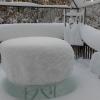
May 2024 Discussion - Welcome to Severe Season!!!!
HoarfrostHubb replied to weatherwiz's topic in New England
Thursday will be tough -
0.33” total here
-
May 2024 Discussion - Welcome to Severe Season!!!!
BrianW replied to weatherwiz's topic in New England
BDL will hit 90 all three days... -

May 2024 Discussion - Welcome to Severe Season!!!!
HoarfrostHubb replied to weatherwiz's topic in New England
I don’t see anyone getting to 90 all three days. But maybe. -
May 2024 Discussion - Welcome to Severe Season!!!!
BrianW replied to weatherwiz's topic in New England
-
Extended summer stormlover74 future snow hole banter thread 23
LibertyBell replied to BxEngine's topic in New York City Metro
FYI Since we are talking about plants and flowers, I just got this ultraviolet pass filter to see hidden markings on flowers. More details can be found on this page: http://www.virtualherbarium.org/GardenViews/BeesEyeView.html Bees Eye View Scott Zona, Ph.D., Former Palm Biologist http://www.virtualherbarium.org/images/BeesEyeView5.jpg For some time, biologists have known that bees perceive light differently than humans do. What we see as visible light is a small portion of the electromagnetic spectrum and consists of a mixture of different colored light. Color is determined by the light's wavelength, which ranges from violet (400 nm wavelength) to red (700 nm). We are unable to see other portions of the spectrum, such as ultraviolet or infrared. Bees, on the other hand, see a portion of the spectrum shifted toward shorter wavelengths. Their eyes perceive yellows, greens, blues and purples as we do, but they also perceive ultraviolet (UV) light (180-400 nm). Bees do not perceive the red portion of the visible spectrum. http://www.virtualherbarium.org/images/BeesEyeView1.jpg What we see What the bee sees Because their eyes are so different from ours, we can only approximate how bees see flowers. By using photographic equipment, we can visualize some components of bee vision that are normally invisible to us, namely the reflection or absorption of UV radiation. Plants contain chemicals that either reflect or absorb electromagnetic radiation, including UV, visible, and infrared (which we cannot see but we can feel as heat). Sunlight's UV radiation is absorbed, partially absorbed, or reflected by flowers and can be captured on black and white photographic film or with a digital camera, using special filters. In the resulting photograph, reflected UV appears white, and absorbed UV appears dark. Partially absorbed UV appears gray. The two photos shown here are of a locally common weed, Achmella pilosa, in the sunflower family (Asteraceae). The photo on the left was taken in sunlight without any special filter, using a Minolta DiMAGE 7Hi digital camera. The right-hand photo was subsequently taken with a Wratten 18AUV filter attached to the camera. Typical of the sunflower family, Achmella has the common daisy-type “flower” (inflorescence) that is actually a group of two different kinds of flowers. The outer “petals” are individual flowers, called ray flowers. The central eye is a cluster of small flowers called disk flowers. Together, these two kinds of flowers make up the inflorescence we commonly call daisies or sunflowers. Achmella pilosa exhibits a common phenomenon seen in many Asteraceae: the bull's eye pattern formed by UV-reflecting ray flowers and UV-absorbing disk flowers. The pattern helps bees locate and land on the flowers. Plants need bees to carry pollen from one flower to another, and UV patterns expedite the process. -

May 2024 Discussion - Welcome to Severe Season!!!!
Patrick-02540 replied to weatherwiz's topic in New England
They are far superior in my mind. The best ones come from the Indian/Atlantic ocean confluence, in waters about 400-500 feet, at temps around 45F. My GF is Dutch South African, and we go back every Feb/March for a few weeks. This year we spent a week with her family in Rustenburg, then drove for 2 days down to Cape Town- Camps Bay. Just down from our apartment is the Codfather restaurant. You pick the fresh seafood, and they prepare in front of you. I got 6 SA lobster tails, as usual. You can order them for delivery here, but it's almost less money to fly to SA to enjoy them. -
Extended summer stormlover74 future snow hole banter thread 23
LibertyBell replied to BxEngine's topic in New York City Metro
I didn't know it covered 250 acres and they have an Alice in Wonderland themed giant topiary going on there? I am partial to the giant March Hare topiary! Question-- why is it called New York Botanical Garden when it's in The Bronx? Why not call it The Bronx Botanical Garden? We have one in Brooklyn and it's called The Brooklyn Botanical Garden.





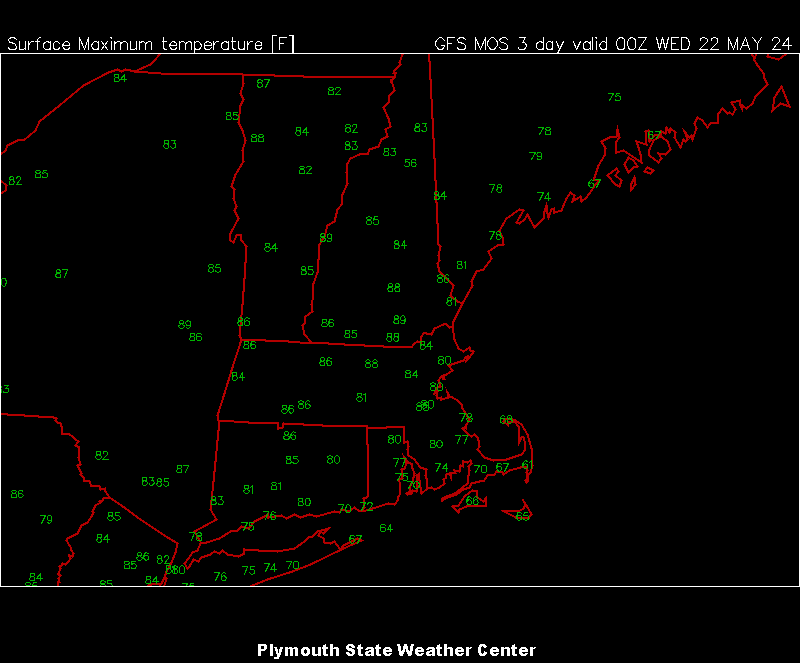

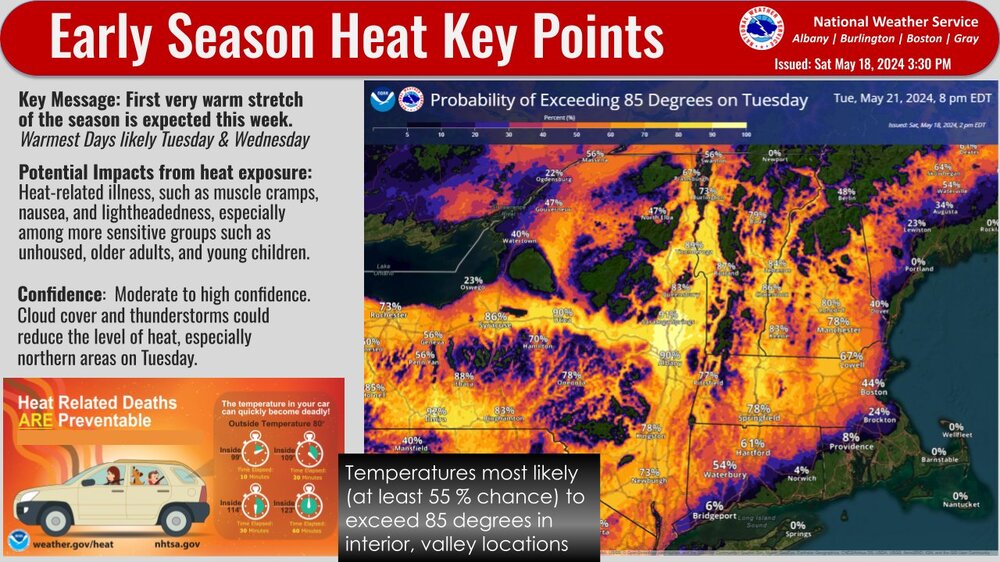
.thumb.png.73e4966b03bb8fc6a4aef314123fff90.png)

.jpg.5a47b68971cc88749e7f7a11adad9392.jpg)